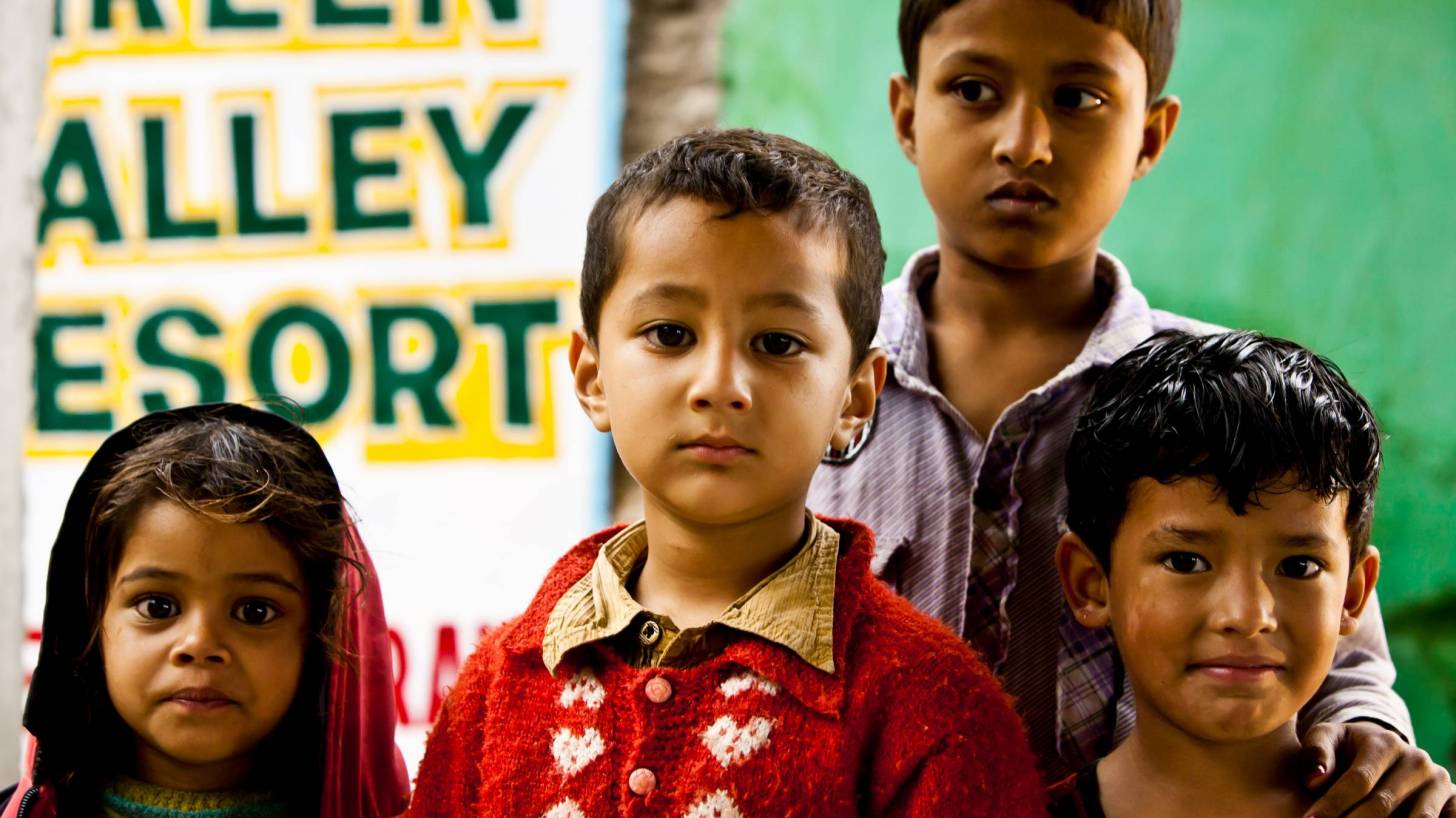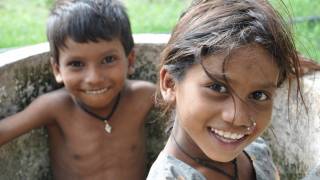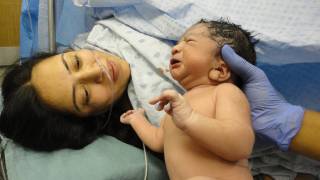Higher Dosage Rotavirus Vaccine Launched in India

Hyderabad-based Bharat Biotech announced the launch of its advanced version of the rotavirus vaccine Rotavac 5D, which is focused on the prevention of viral diarrhea.
While all other variants of rotavirus vaccine manufactured by competitors are at 2-2.5 ml per dose, the Rotavac 5D is a larger dose of 0.5 ml quantity, an official from the company said in a press release published on December 3, 2019.
Also, the Rotavac 5D higher dosage requires less storage space.
The current Rotavac vaccine, also manufactured by Bharat Biotech and catering to 80 percent of the Indian government’s need, requires to be stored at -20 degrees celsius, which is the same as the temperature that needs to be maintained in the cold chain for oral polio vaccine.
The newer Rotavac 5D will, however, require between 2 to 8 degrees celsius storage temperature, which is the normal refrigeration temperature.
The company said this temperature is the ‘new’ normal for vaccine storage.
Rotavirus commonly causes severe, watery diarrhea and vomiting in infants and young children. Children may become dehydrated and need to be hospitalized.
To ensure protection, an infant requires 3-doses of the Rotavac vaccine at sixth, tenth and fourteenth week after birth, say the company.
The Hyderabad-based facility of Bharat Biotech has the joint capacity to manufacture up to 200 million doses of both Rotavac and Rotavac 5D.
While the newer Rotavac 5D was licensed in India in August earlier this year, the government remains dependent on the older Rotavac vaccine.
The first generation, rotavirus vaccine Rotavac was developed under a Public-Private Partnership with the Department of Biotechnology, Govt. of India.
Between 2011 to 2013, Bharat Biotech tested Rotavac on approximately 6,800 children.
‘None of the Intussusception cases happened in the first 21 days after giving the vaccine to the babies.’
‘In the vaccinated arm though there were eight cases, while in the placebo arm there were three cases. Because the vaccinated arm was double the placebo arm, there is no significant difference in the case of Intussusceptions and the association to vaccination was ruled out,’ the official said in this press release.
According to a recent analysis by Gavi published in July 2019, the use of Rotarix, Rotavac, or Rotasiil would be highly cost-effective relative to no rotavirus vaccination in Bangladesh, Ghana, and Malawi.
Currently, the company is not looking at supplying the Rotavac 5D vaccine in the US, UK or Europe, as that effort would require additional clinical trials on the local population, for which massive resources will have to be invested.
“We do not have those many resources to expand into western markets as of now,” said a company official.
In the USA, the Centers for Disease Control and Prevention (CDC) says ‘rotavirus vaccines are very effective at preventing rotavirus disease.’
Infants should get either of the 2 available rotavirus vaccines:
- RotaTeq is given in 3 doses at ages 2 months, 4 months, and 6 months
- Rotarix is given in 2 doses at ages 2 months and 4 months.
Each year, the vaccine prevents an estimated 40,000 to 50,000 hospitalizations among U.S. infants and young children, says the CDC.
Rotavirus illness has also decreased among older children and adults that are not vaccinated. This ‘herd-immunity’’ protection is related to vaccinated children providing indirect protection to other people because they are less likely to get and spread the disease.
A person can get rotavirus disease at any time during the year but it is more common in the winter and spring.
Rotavirus vaccine news published by Precision Vaccinations
Our Trust Standards: Medical Advisory Committee
- Re-evaluating the cost and cost-effectiveness of rotavirus vaccination in Bangladesh, Ghana, and Malawi
- Bhara Biotech: About ROTAVAC
- Bharat Biotech launches Rotavac 5D vaccine for diarrhoea
- VP Naidu launches new Rotavirus vaccine - ROTAVAC-5D®
- Gavi-supported rotavirus vaccines profiles to support country decision making
- CDC: Rotavirus in the U.S.

























